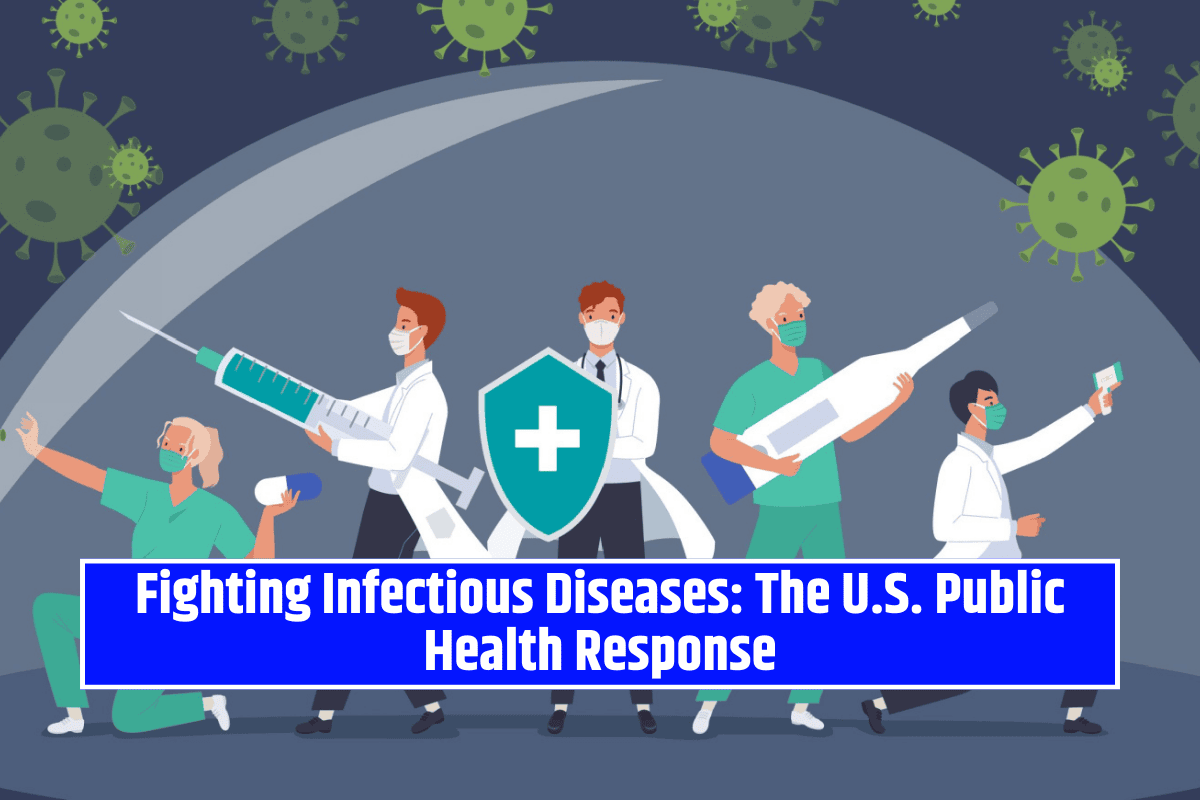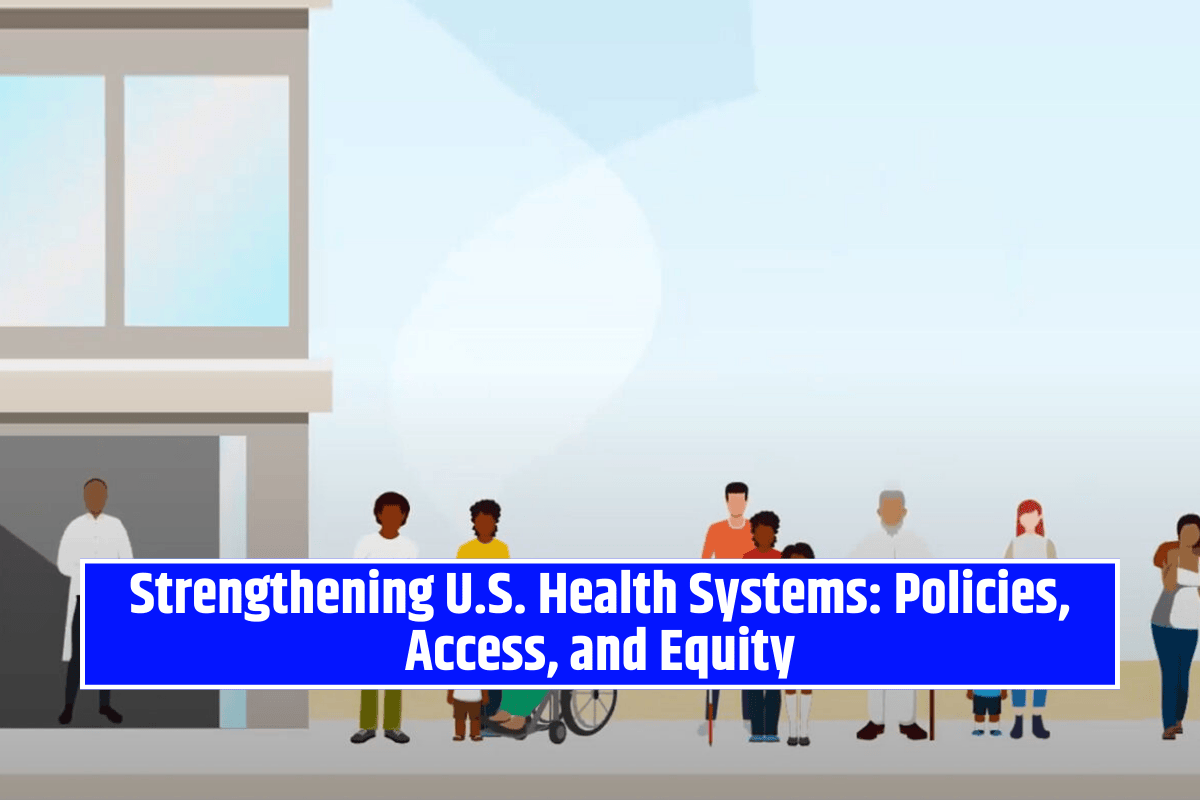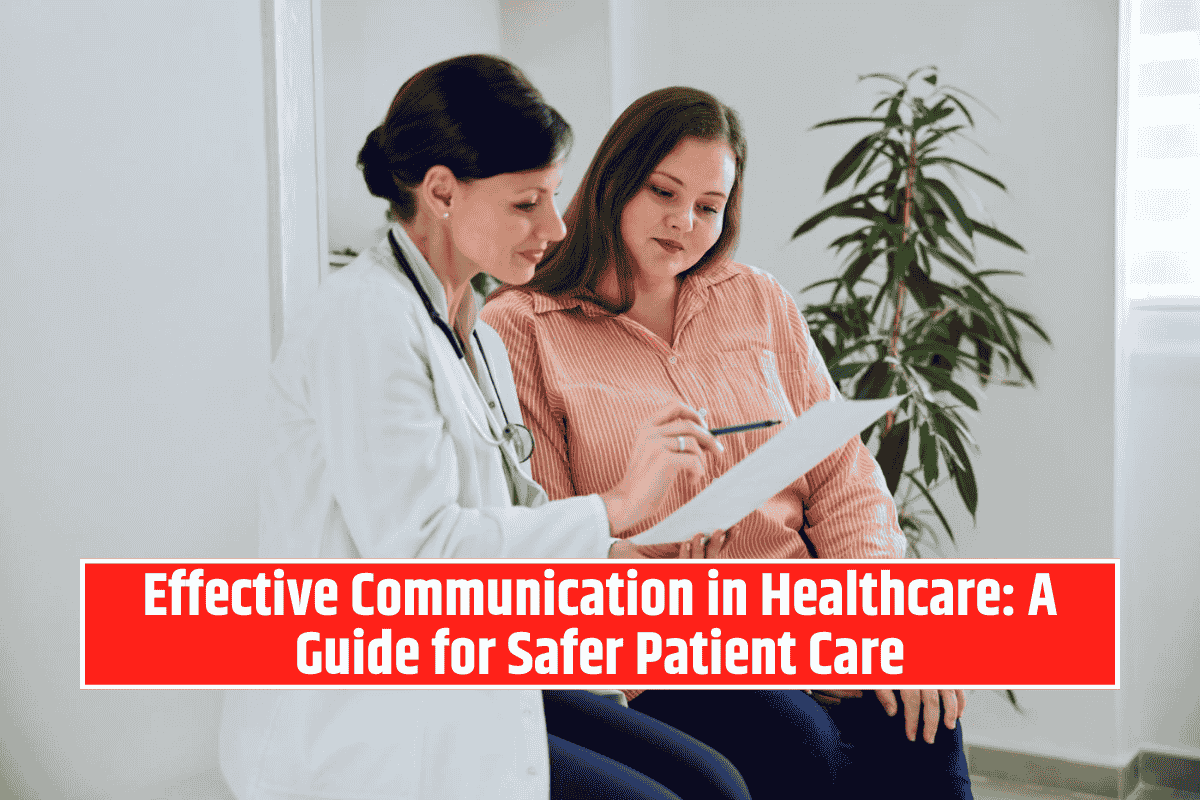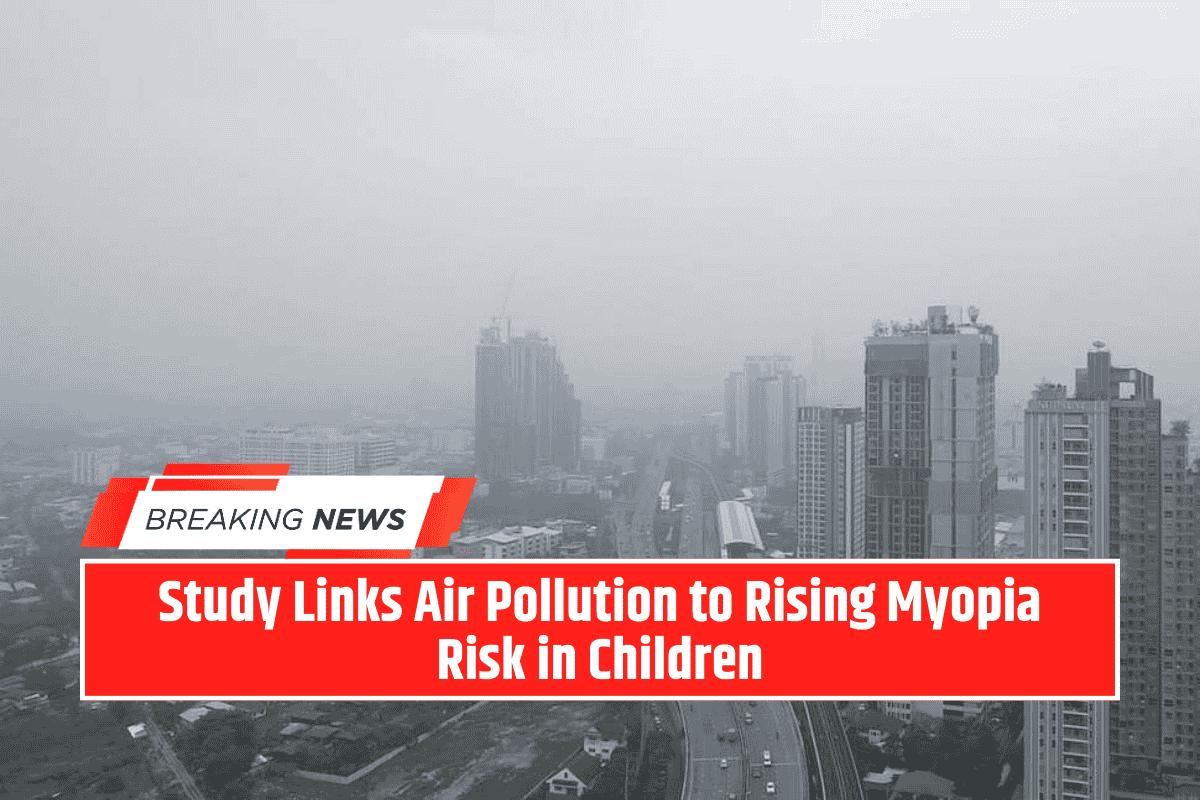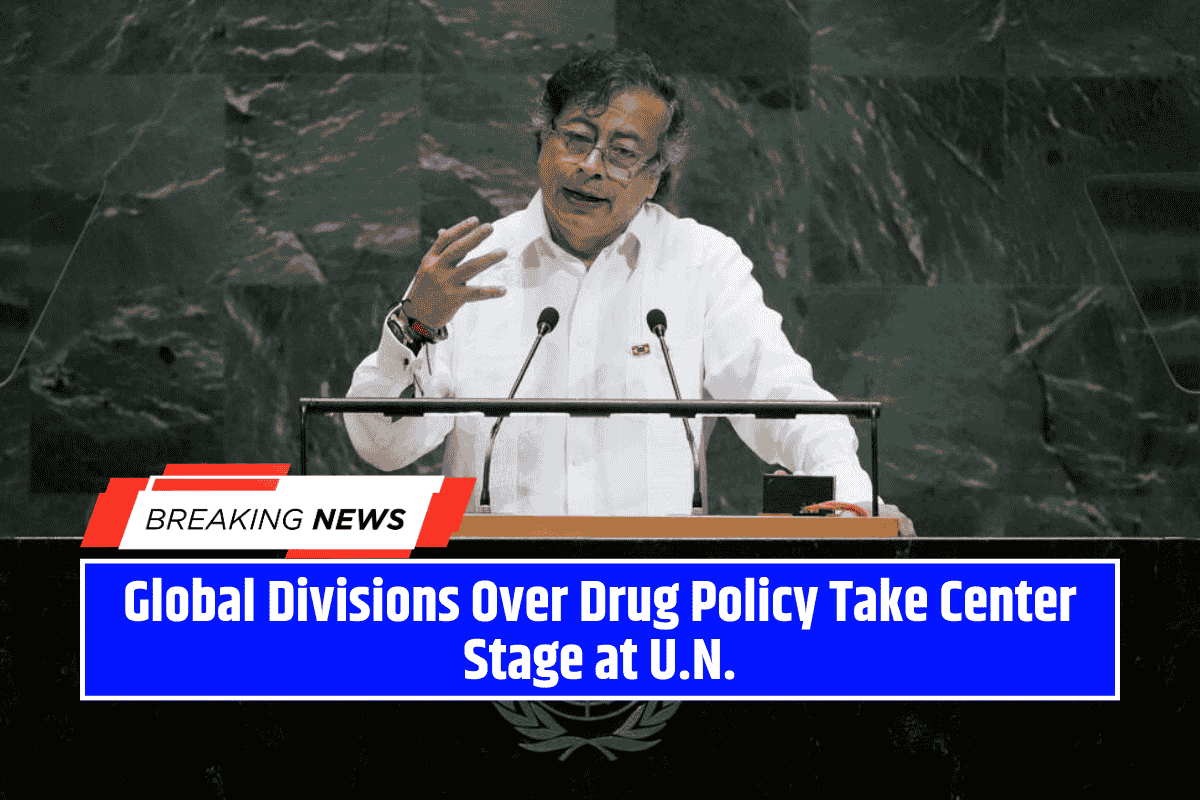Infectious diseases have always played a major role in shaping life in the United States. From historic outbreaks like the 1918 flu to modern-day pandemics such as COVID-19, each wave has tested the nation’s public health response.
In an age of global travel, climate change, and rapid urbanisation, the threats are evolving—and so must the systems we use to fight them. Understanding how America’s public health system works, where it shines, and where it falls short is key to protecting millions of lives now and in the future.
The Changing Nature of Infectious Disease Threats
New and old diseases continue to challenge the system. Some illnesses, once under control, are making a comeback. Others are appearing for the first time, often jumping from animals to humans or developing resistance to existing medicines.
Recent trends include:
- Rising TB cases: In 2023, over 9,000 cases were reported—the highest in a decade.
- Measles resurgence: A disease once eliminated is now returning due to lower vaccination rates and growing vaccine hesitancy.
- Vector-borne illnesses: Diseases like West Nile virus and Lyme disease are spreading with changes in climate and mosquito/tick activity.
These trends mean the U.S. must remain alert, not only to known diseases but also to unpredictable new ones.
Key Agencies and Their Responsibilities
The U.S. response to infectious diseases is shared among different levels of government and partners. Here’s how it works:
- CDC (Centers for Disease Control and Prevention): Tracks diseases, issues guidelines, supports research, and coordinates national response.
- State Health Departments: Run local vaccination drives, investigate outbreaks, and work with local labs.
- Local Health Departments: Act as the front line—spotting cases, tracing contacts, and supporting communities.
- HHS (Department of Health and Human Services): Oversees health policy, funding, and coordination with agencies like the FDA for drug approvals.
- Private Sector and Universities: Contribute to research, vaccine development, diagnostics, and public awareness.
Early Detection and Surveillance Systems
Stopping outbreaks early is the best way to save lives and reduce costs. The U.S. has invested in strong disease-tracking systems, including:
- Hospital reporting and lab networks
- Wastewater monitoring for viruses like COVID-19
- Monitoring of mosquito and tick populations
- Genomic surveillance to track virus variants
Federal programs like the ELC (Epidemiology and Laboratory Capacity) help fund these efforts in every state, strengthening detection before outbreaks get out of control.
Prevention Through Vaccines, Education, and Infrastructure
Vaccines are the backbone of infectious disease prevention in the U.S. Routine vaccines for flu, MMR, HPV, and more save millions of lives. Schools often require vaccines, helping maintain high coverage.
Other prevention methods include:
- Health education (hand washing, safe sex, proper food handling)
- Clean water and sanitation
- Controlling insects that spread disease
- Community clinics and health access programs
Cities like New York, Boston, and San Francisco have shown how strong local investments in healthcare and public labs can improve disease control.
Outbreak Response and Emergency Preparedness
When prevention isn’t enough, public health systems must be ready to act fast. A good response includes:
- Rapid contact tracing and isolation
- Temporary closures or mask mandates (NPIs)
- Boosting hospital capacity during emergencies
- Stockpiles of medicine, PPE, and vaccines
- Clear public communication to build trust and stop misinformation
The COVID-19 pandemic showed both strengths and weaknesses—fast vaccine rollout on one hand, and poor coordination and supply chain problems on the other.
Challenges in the Current U.S. System
Despite strong systems, there are major obstacles that still threaten public health:
- Vaccine hesitancy is growing, leading to preventable outbreaks.
- Funding tends to spike during emergencies and drop afterward, making long-term planning hard.
- Health inequalities hit rural, minority, and low-income communities hardest.
- Antibiotic resistance is rising, and new treatments are slow to develop.
- Climate change is pushing diseases into new areas.
- Agency fragmentation sometimes leads to poor coordination and mixed messages.
What’s Working: Success Stories and Lessons
The U.S. has had many public health wins, such as:
- Fast development and rollout of COVID-19 vaccines
- Eradication or control of diseases like polio and smallpox
- Antibiotic stewardship in cities like Boston and Seattle
- Use of advanced tools like genomic sequencing
- HIV prevention campaigns in major cities like Chicago and Philadelphia
Lessons from these successes include the need for consistent funding, better communication, flexible policies, and strong public trust.
The Way Forward: Building a Stronger Public Health System
To stay ready for the future, America needs to invest in its public health systems year-round—not just during emergencies.
Key steps include:
- Secure, long-term funding for local and state health departments
- Upgrade detection tools, including genomic and digital tracking
- Develop new vaccines faster with global cooperation
- Fight misinformation and build trust through education
- Improve cooperation between federal, state, and local agencies
- Invest in supply chains, trained workers, and preparedness plans
- Adapt to climate risks and include global health in U.S. policy
Infectious diseases remain one of the biggest threats to public health in the U.S. While the nation has made huge progress—like developing lifesaving vaccines and tracking new variants—it still faces serious challenges: rising resistance, health disparities, funding gaps, and climate-related disease shifts.
America’s health security depends on stronger institutions, better communication, smarter investments, and constant readiness. By learning from the past and planning for what’s ahead, the U.S. can continue to protect millions—at home and beyond.
FAQs
What is the CDC’s role in controlling infectious diseases?
The CDC monitors and tracks disease outbreaks, issues health guidelines, supports state and local health departments, and coordinates national research and emergency response.
Why are diseases like measles and TB returning in the U.S.?
These diseases are returning due to reduced vaccination coverage, vaccine hesitancy, and increased global travel, which brings exposure to previously controlled illnesses.
How does the U.S. detect disease outbreaks early?
Through surveillance tools such as hospital reporting, wastewater monitoring, genomic sequencing, and vector tracking, public health authorities detect outbreaks before they spread widely.
What challenges are limiting the U.S. infectious disease response?
Challenges include vaccine misinformation, uneven funding, antibiotic resistance, lack of public trust, health disparities, and fragmented coordination among agencies.
How can the U.S. improve public health preparedness?
Key improvements include stable funding, stronger early warning systems, community outreach, upgraded lab infrastructure, and better coordination across federal, state, and local levels.
